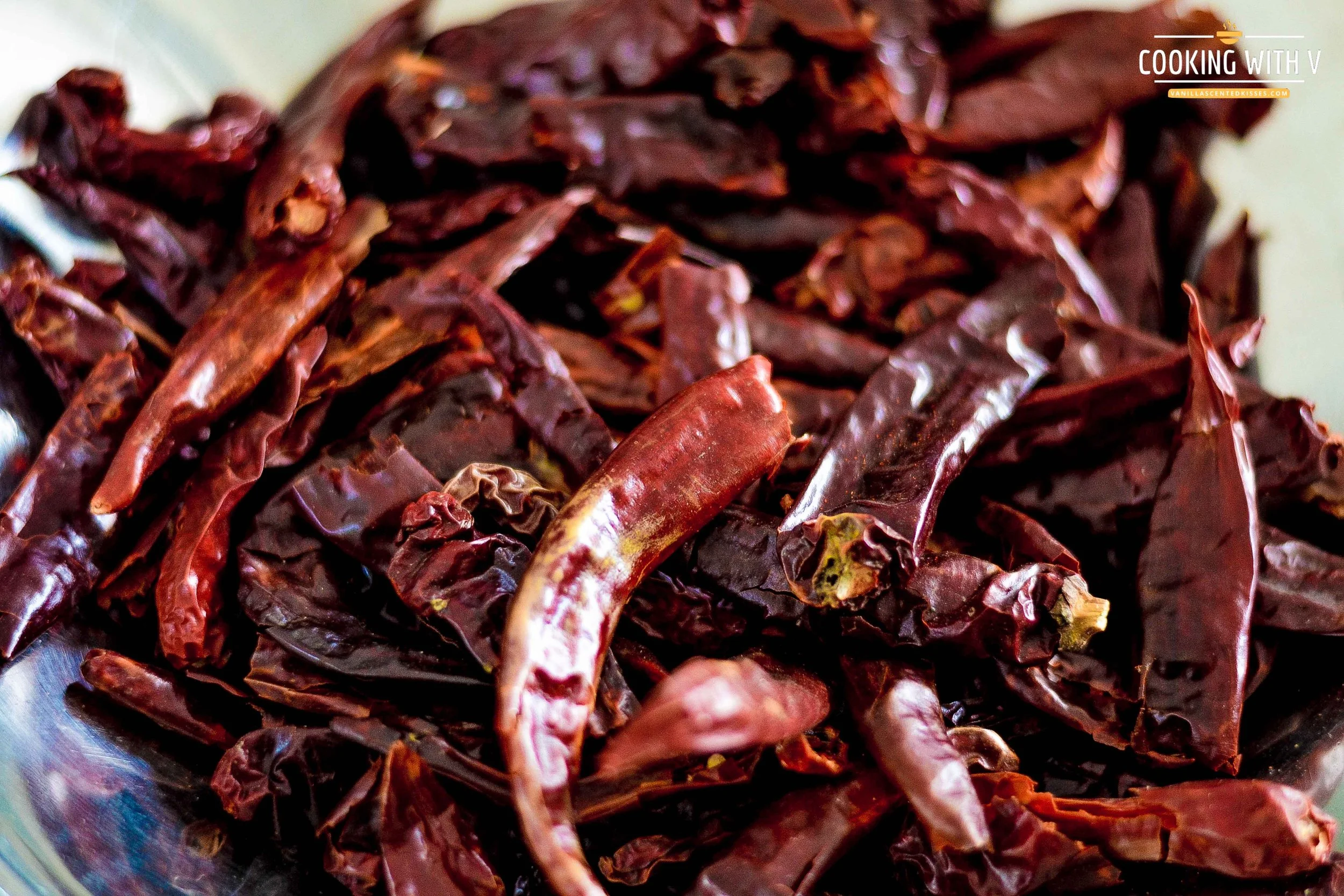Let’s talk about aromatics, spices, herbs, and seasonings! One of the most common questions I receive on this topic is what spices I think should be in one’s kitchen/Pantry. The answer is simply “whatever you like”. As our tastes and preferences are different, how we choose to season our food also differs.
However, I like to tackle this topic by breaking down the different categories and what I deem to be essentials in each category.
Aromatics
They create a great flavour base for dishes…
These are vegetables and herbs that release a pleasant aroma when cooked. Some popular aromatics that most of us use in our kitchen are; ginger, garlic, onion, celery, lemongrass, bell peppers and chilli.
Aromatics create a great flavour base for dishes, marinades and sauces. If you’re looking to slow-cook a dish over a long period of time, you’d benefit from the use of aromatics and they balance out a dish so beautifully. I can’t cook with at least one aromatic in my dishes and these are my essentials:
Garlic: I prefer whole garlic as opposed to the prepackaged variations so I can control its pungency of it. When I’m slow cooking, I prefer to keep my garlic whole whilst for quick dishes, a fine mince ensures the flavour is released quickly.
Ginger: I also prefer this whole for the same reasons as garlic. Additionally, I tend to find the prepackaged variations watered down in flavour.
Onion: Onions form the base of most dishes because when cooked, they add a wonderful richness and slight sweetness.
Herbs
The leaves and sometimes flowers of an aromatic plant…
These are the leafy parts (and sometimes flowers) of plants that possess aromatic properties. Whilst herbs can be used when they are fresh or dried, different herbs have different levels of flavour when used in their different forms. For example; herbs like coriander, mint and parsley benefit from being used fresh as their flavour is delicate and drying them often takes away from this.
Herbs like oregano, bay leaf, thyme and rosemary benefit from the drying process and are more pungent in this form. I’d recommend stocking up on dried herbs and purchasing fresh herbs as and when needed. Some herbs that I must have at all times in my pantry are:
Oregano: Perfect in tomato dishes like sauces, stews and soups as it adds a bold and earthy flavour. I also use oregano for my meat marinades and it pairs well with smokey flavours like paprika. In fact, my winning chicken marinade recipe consists of oregano, smoked paprika, garlic and lemon. Give it a try.
Thyme: Thyme has a very similar flavour profile to oregano with the addition of slightly lemony and minty notes. I often use thyme with oregano as they complement each other in tomato and meat dishes.
Bay Leaf: Most say they find this herb pointless but I’m here to tell you not to sleep on bay leaf. If you make soups and stews with this herb, make the same recipe without and you’ll definitely notice the difference. Bay leaves don’t necessarily add flavour but they elevate and balance the other flavour profiles of your dish.
Sage: This is another underrated favourite. If you’re looking for a way to liven up your bland vegetables, try sage. Its sweet-savoury profile can be very mellow which works well paired with other spices and herbs but also doesn’t overpower dishes.
Spices
The seeds, roots, and bark of a plant…
Spices are the seeds, roots, and bark of the plant. Spices can be found in the whole form or ground into a powder. Whether you should keep spices whole or ground is again a matter of preference. Buying spices already ground is far more convenient but whole spices do last longer. My favourite spices to keep in my pantry are:
Paprika: They are different variations of paprika that range from mild to spicy in flavour. This spice adds a smokiness to dishes that I absolutely love. If you notice most of my recipes include either normal paprika or smoked paprika.
Cumin: This spice has a lemony earthiness I quite enjoy. It’s perfect for seasoning root vegetables like pumpkin and sweet potato and also works well for red meats like lamb and beef.
Coriander: Whilst the leafy part of the coriander plant is a herb, the seeds are a spice. Also very interestingly, fresh and dried coriander have different flavour profiles and do not substitute well. This warm spice has a nutty flavour that adds great depth to stews and curries.
Spice Blends
Chinese five spice, curry powder, jerk seasoning, garam masala…
These are a combination of blended spices and herbs. Spice blends are extremely convenient and great for home cooks who would rather not make their own flavour combinations. Here are some popular spice blends from around the world and what spices go into them:
Chinese five spice – star anise, cinnamon, cloves, Szechuan peppers, and fennel seeds.
Ras El Hanout – coriander seeds, cumin seeds, crushed chilli flakes, ground cinnamon, paprika, ground cardamom, ground ginger, and ground turmeric.
Herbs de Provence – rosemary, fennel seed, marjoram, tarragon, thyme, oregano, and lavender.
Italian seasoning – basil, oregano, rosemary, and thyme.
Jerk Seasoning – allspice, cloves, cinnamon, nutmeg, thyme, garlic, and scotch bonnet peppers.
Garam Masala – coriander, cumin, black pepper, cardamom, cinnamon, clove, red chilli and turmeric.
Seasonings
Flavour enhancers…
If you’ve ever wondered how to classify salt and pepper, they fall under the category of seasonings. These work to enhance and balance the flavours in a dish and are most times added at the end of the cooking process. Other examples of seasonings include; acids like lemon, lime, orange, and vinegar as well as sugar or other sweeteners.
I know this was long but I could honestly talk about this topic for days. Look out for another post on the different types of salt and their uses (Yupp!)
Love,
V






